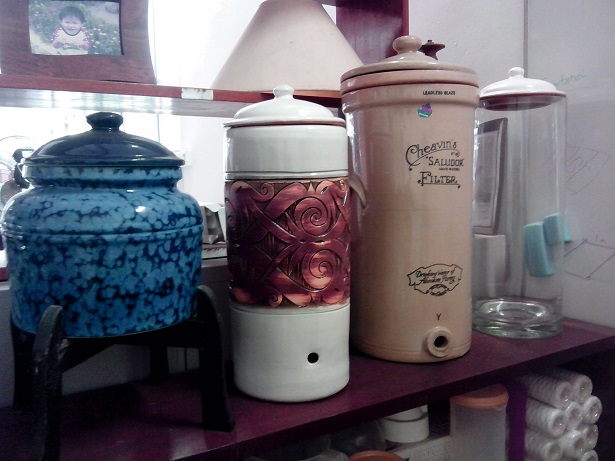This study involves testing 5 different herbicides and 5 different insecticides on frogs and tadpoles. Not surprisingly, while a single "cide" may not elicit any negative response, a mixture of "cides" can cause massive damage. All 10 of them applied together is especially deadly.
The point to ponder is many of our water standards (drinking water, effluent discharge, stream water) are based on concentration of a single component e.g. heavy metal, pesticide. Little is studied on the effects of mixtures. The water quality is technically sound if the concentration of every component is below the allowable limit. However, a combination of chemicals can involve synergistic effects which can make the water harmful even though it is legally "safe".
You are now unsubscribed
-
CLS
We have removed your email address from our list.
We're sorry to see you go.
Was this a mistake? Did you forward one of our emails to a friend, and...
4 years ago






